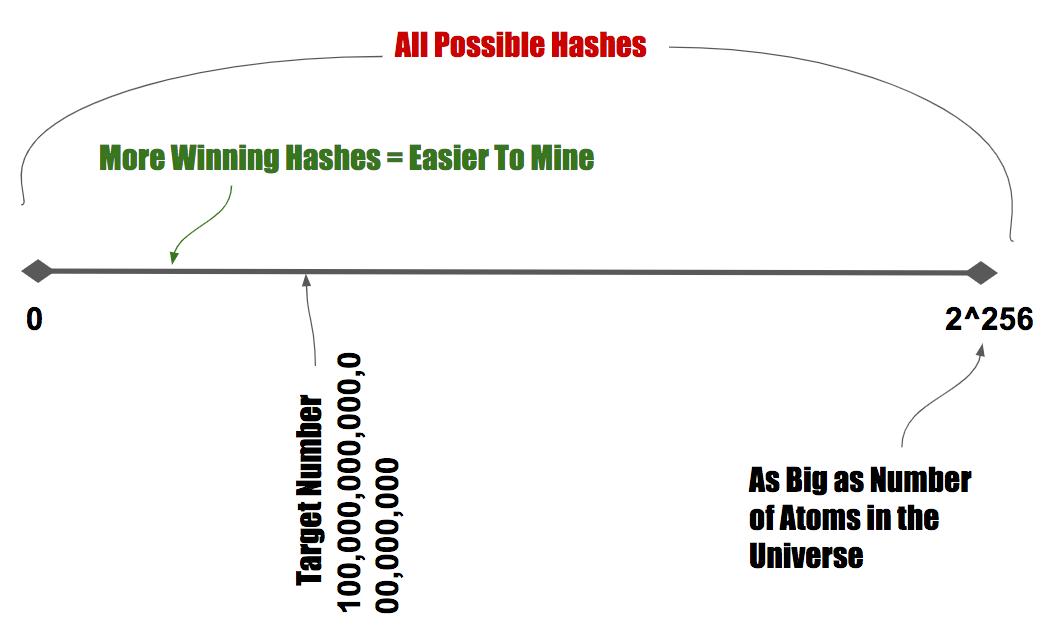1/ Bitcoin is a ledger of accounts where thousands of people have a copy. In order to ensure consistency of the ledger, only one person can write to the ledger at a time.
Fin. If you found this insightful, I would appreciate a retweet of the first tweet in this thread!







